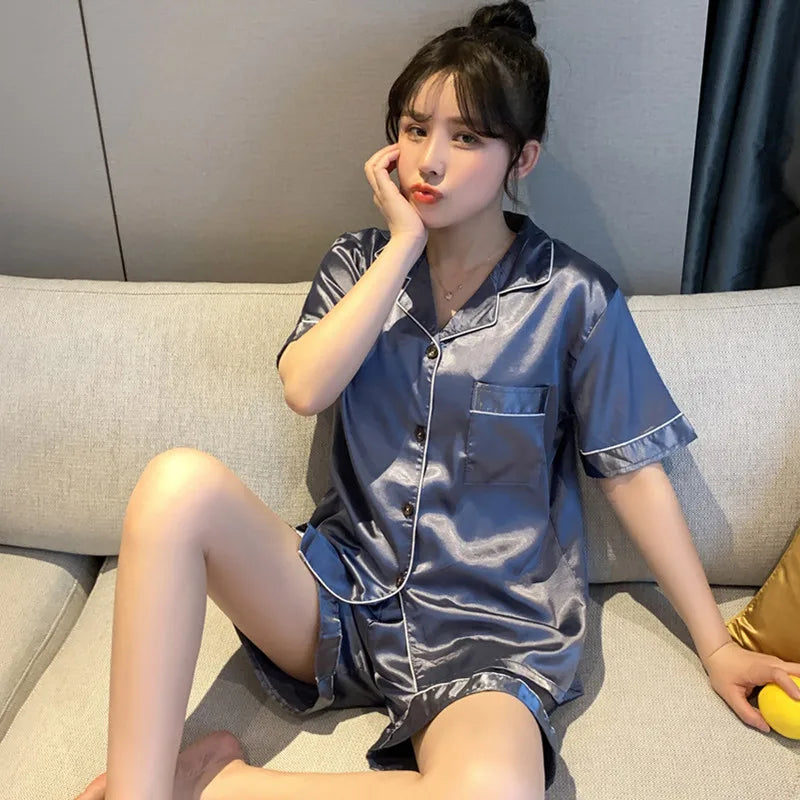Do You Have to Put a Onesie Under a Sleeper? The Ultimate Guide to Baby Sleepwear
Table of Contents
- Introduction
- Understanding Onesies and Sleepers
- Factors to Consider When Dressing Your Baby for Sleep
- Conclusion
- FAQ
When it comes to dressing our little ones for bed, we often find ourselves navigating a world of choices, each one more confusing than the last. One question that frequently arises among parents is: Do you have to put a onesie under a sleeper? It’s a seemingly simple query, yet it opens up a wealth of considerations about comfort, warmth, and practicality in our baby’s sleepwear.
As we delve into this topic, we’ll explore the various factors that influence how we dress our babies for sleep, including the role of onesies and sleepers, the importance of layering, and how personal preferences and environmental conditions can shape our choices. By the end of this post, we aim to provide you with a clear understanding of the best practices for dressing your baby at night, ensuring that they are comfortable and safe as they drift off to sleep.
Introduction
Did you know that babies have a harder time regulating their body temperature than adults? This fact alone makes the dressing process for bedtime a bit more intricate than simply choosing a cute outfit. With so many options available—onesies, sleepers, footed pajamas, and more—it can be overwhelming to determine the ideal combination for your little one. Not to mention, the varying weather conditions add another layer of complexity to the equation.
The purpose of this blog post is to help you navigate these choices and to answer the burning question: Should you put a onesie under a sleeper? We will discuss the benefits of both garments, explore the implications of layering, and provide tips on how to dress your baby according to the season and temperature. We understand how crucial it is for parents to make informed decisions about their child's comfort and safety, and we are here to guide you through it.
By the end of our discussion, you will be equipped with the knowledge to make the best choices for your baby’s nighttime attire, ensuring they have the peaceful sleep they deserve. Let’s embark on this journey together, as we explore the world of baby sleepwear!
Understanding Onesies and Sleepers
What is a Onesie?
Onesies are versatile garments that are typically close-fitting and designed specifically for babies. They come in various styles, including short-sleeve and long-sleeve versions, and are usually made from soft, breathable fabrics like cotton. One of the key features of a onesie is its snap closure at the crotch, which facilitates easy diaper changes, making it a favorite among parents.
Onesies serve multiple purposes. During warmer months, they can be worn alone, allowing your baby to move freely without overheating. However, they also work wonderfully as a base layer in colder weather when paired with other sleepwear.
What is a Sleeper?
Sleepers, also known as footed pajamas or sleep sacks, are designed specifically for sleep. They generally feature long sleeves and legs, providing full coverage to keep your baby warm throughout the night. Sleepers often come with zippers or snaps that allow for easy diaper access, an essential feature for nighttime changes.
The fabric of sleepers can vary widely, with options ranging from lightweight cotton for summer to thicker materials like fleece for colder months. Sleepers are particularly beneficial because they eliminate the need for loose blankets, which can pose a suffocation risk for infants.
The Benefits of Layering: Onesies Under Sleepers
Now that we understand what onesies and sleepers are, let’s discuss the benefits of layering them.
- Temperature Regulation: One of the primary reasons to consider putting a onesie under a sleeper is to help regulate your baby’s body temperature. Babies can easily become too hot or too cold, and a onesie adds an extra layer of warmth without the bulk of a thick blanket.
- Comfort: A soft onesie can provide additional comfort against your baby’s skin. The snug fit of a onesie can help keep your baby's back covered, preventing any discomfort from the seams of the sleeper.
- Ease of Changes: If your baby is in a sleeper with a onesie underneath, nighttime diaper changes can still be quick and hassle-free. The snaps on a onesie allow for easy access to the diaper area without having to remove the entire sleeper.
- Flexibility for Weather Changes: Layering allows you to adjust your baby’s clothing according to changing temperatures throughout the night. If the room cools down, having a onesie underneath provides that necessary warmth without the need for additional blankets.
When to Skip the Onesie
While there are many benefits to layering, there are also times when you may choose to skip the onesie.
- Warm Weather: On particularly hot nights, dressing your baby in just a lightweight sleeper may be sufficient. Onesies made from breathable fabrics can also work well on their own if the temperature is comfortable.
- Personal Preference: Every baby is different, and some may simply prefer to sleep without the added layer. It’s essential to observe your baby’s sleep habits and preferences, adjusting their attire accordingly.
- Sleeper Design: Some sleepers are designed with built-in warmth features, such as thicker fabric or additional insulation. In these cases, a onesie may not be necessary.
Factors to Consider When Dressing Your Baby for Sleep
Room Temperature
The temperature of your baby’s sleep environment plays a crucial role in determining how to dress them for bed. According to the American Academy of Pediatrics (AAP), the ideal room temperature for a baby's sleep space is between 68°F and 72°F (20°C to 22°C).
If the room is on the cooler side, a onesie under a thicker sleeper is advisable. Conversely, if the room is warm, you may opt for a lightweight sleeper alone. Always check your baby’s temperature regularly by feeling their chest or back, as these areas give a better indication than their hands or feet.
Seasonal Changes
As the seasons change, so should your baby’s sleep attire.
- Summer: In warmer months, opt for short-sleeve or sleeveless onesies paired with lightweight cotton sleepers.
- Fall: As temperatures begin to drop, consider long-sleeve onesies with a medium-weight sleeper.
- Winter: For cold winter nights, a thicker fleece sleeper over a long-sleeve onesie will help keep your baby cozy and warm.
- Spring: Similar to fall, layering can be effective as temperatures fluctuate.
Fabric Choices
The type of fabric used in your baby’s sleepwear is critical. Look for breathable materials that wick moisture away from the skin, such as cotton or bamboo. These fabrics can help regulate temperature and prevent overheating, making them ideal for both onesies and sleepers.
Individual Preferences
Every baby is unique, and their comfort levels can vary. Some babies may prefer the snug fit of a onesie under their sleeper, while others may feel more comfortable in just a sleeper. Observe your baby’s reactions to different clothing combinations and adjust based on their responses.
Conclusion
Dressing your baby for sleep can feel like a daunting task, but understanding the roles of onesies and sleepers makes the process much clearer. Whether you choose to layer a onesie under a sleeper or go for a simpler approach will depend on various factors, including room temperature, seasonal changes, and your baby's individual preferences.
Ultimately, the goal is to ensure that your baby sleeps comfortably and safely through the night. By considering all the aspects we discussed, you can make informed decisions that suit your little one’s needs.
As we wrap up, we encourage you to reflect on your own experiences. Have you tried layering a onesie under a sleeper? What were the results? Together, let’s continue to explore ways to enhance our babies’ sleep experiences, ensuring they are cozy and safe every night.
FAQ
1. Do I need to put a onesie under a sleeper all the time?
No, it’s not necessary to put a onesie under a sleeper all the time. It depends on the room temperature, weather conditions, and your baby's comfort preferences.
2. What fabrics are best for baby sleepwear?
Breathable fabrics like cotton and bamboo are ideal for baby sleepwear. These materials help regulate temperature and wick moisture away from the skin.
3. How can I tell if my baby is too hot or too cold?
Check your baby's chest and back for temperature. If they feel hot, remove a layer; if they feel cold, add a layer. Signs of discomfort can also include fussiness or restlessness.
4. What should I do if my baby keeps kicking off their sleeper?
Consider using a sleeper with feet grips or a snug fit. Alternatively, you can dress your baby in a onesie paired with a sleep sack, which keeps them warm without the risk of kicking off blankets.
5. How can I ensure my baby sleeps safely?
Always follow safe sleep guidelines, such as placing your baby on their back to sleep, using a firm mattress, and avoiding loose blankets or soft toys in the crib. Dress your baby appropriately for the temperature to reduce the risk of overheating.
6. Can I use sleep sacks instead of sleepers?
Yes, sleep sacks can be an excellent alternative to traditional sleepers, providing warmth without the need for blankets, which can pose a suffocation risk.
As we conclude our exploration of baby sleepwear, we hope you feel more confident in your choices. Remember, your baby’s comfort and safety are paramount, and with the right knowledge, you can create the perfect sleep environment for your little one.



